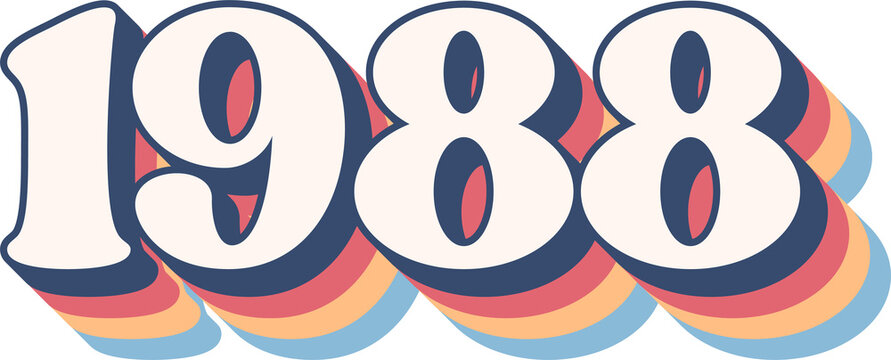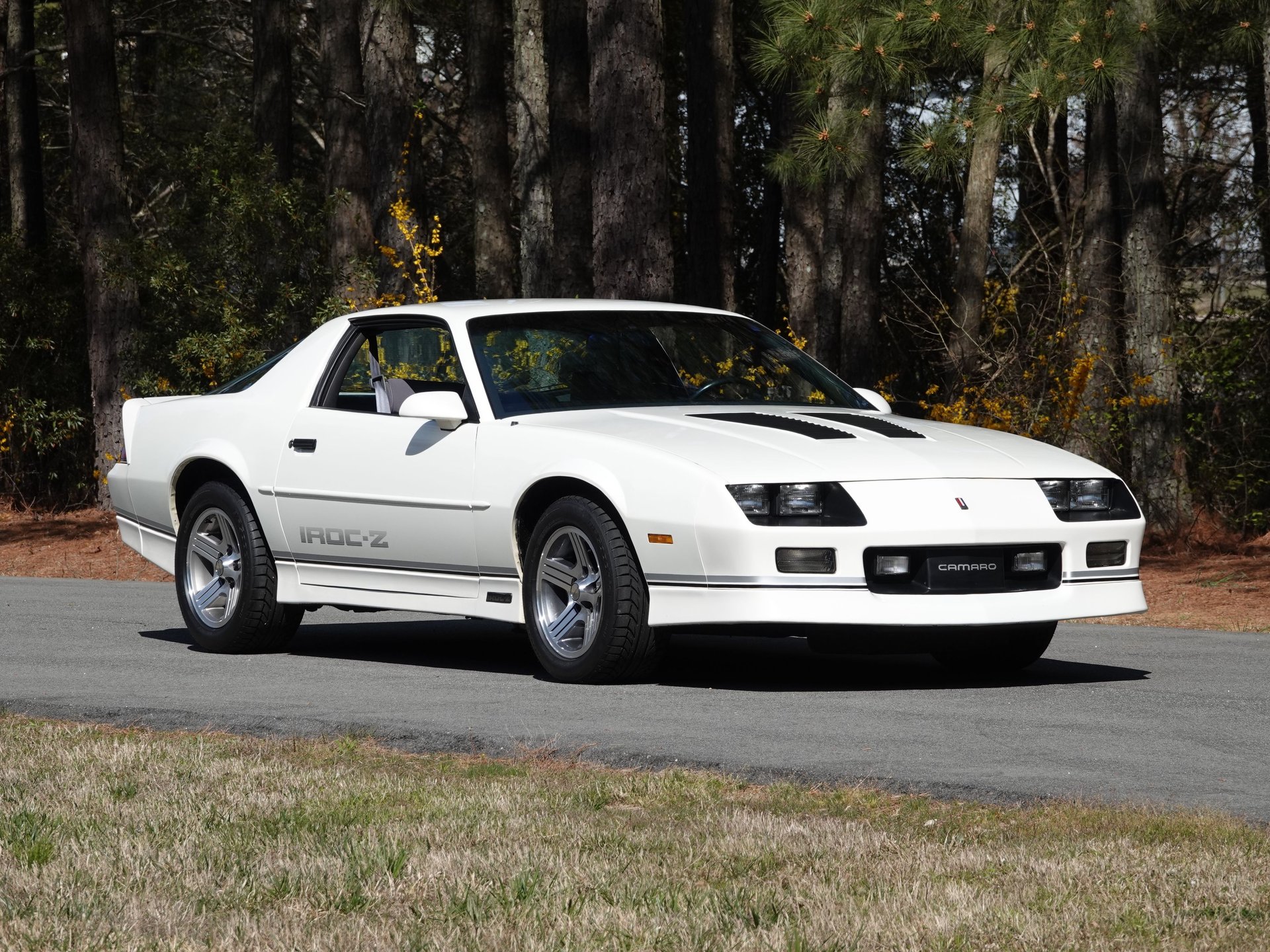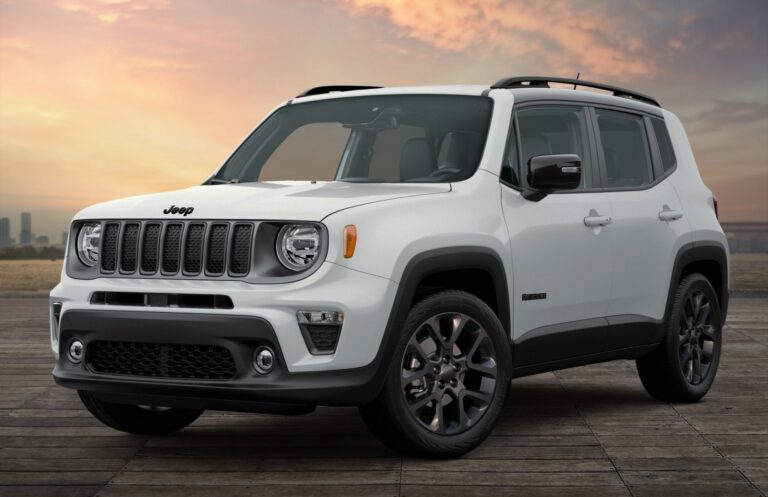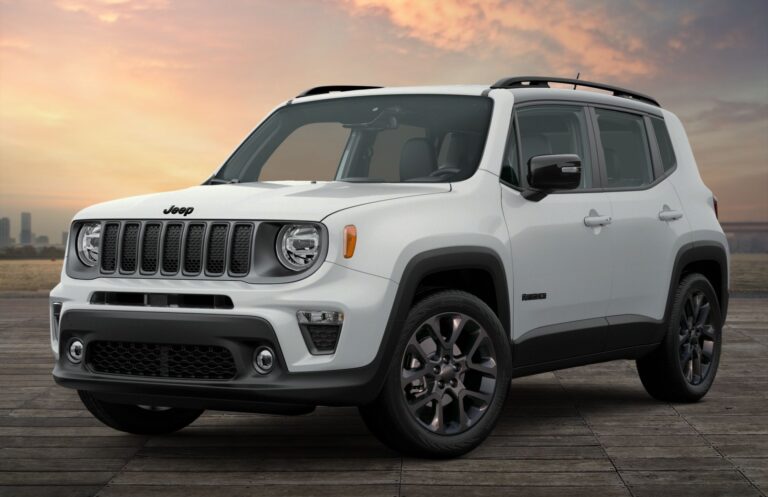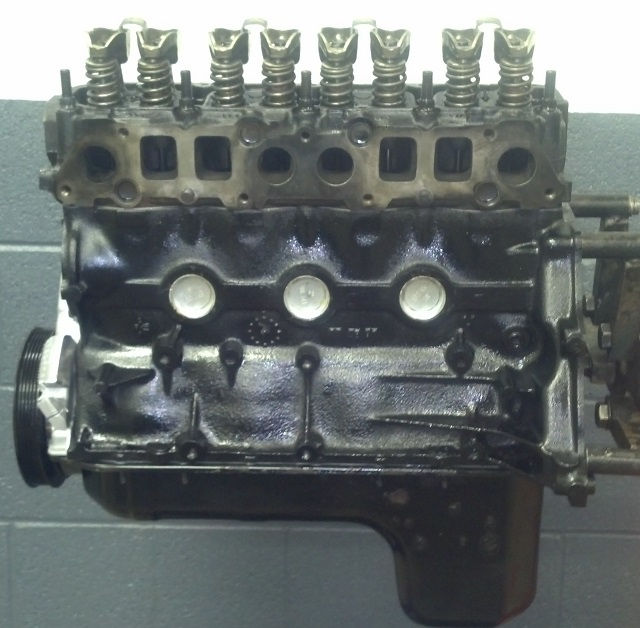1988 Jeep Wrangler YJ For Sale: Your Comprehensive Buyer’s Guide
1988 Jeep Wrangler YJ For Sale: Your Comprehensive Buyer’s Guide /jeeps.truckstrend.com
The year 1988 holds a special place in the hearts of Jeep enthusiasts. It was a pivotal moment for the iconic brand, marking the second full year of production for a vehicle that would go on to define a generation of off-roaders: the Jeep Wrangler YJ. Replacing the venerable CJ series, the YJ brought a new level of refinement (though still rugged) and a distinctive look, most notably its rectangular headlights. Today, a 1988 Jeep Wrangler YJ for sale isn’t just an old vehicle; it’s a piece of automotive history, a symbol of freedom, and a highly sought-after platform for customization and adventure.
Whether you’re a seasoned Jeeper looking for a project, an off-road enthusiast seeking a classic trail rig, or a nostalgic individual wanting to relive the era, understanding what goes into buying a 1988 YJ is crucial. This comprehensive guide will walk you through everything you need to know, from its unique characteristics to what to look for when making your purchase.
1988 Jeep Wrangler YJ For Sale: Your Comprehensive Buyer’s Guide
The Enduring Appeal of the 1988 Jeep Wrangler YJ
The 1988 YJ, like all YJs, carved its own niche in the Jeep lineage. While some purists initially scoffed at the square headlights, they quickly became a defining feature, giving the YJ a distinct identity that stands apart from its round-headlight predecessors (CJ) and successors (TJ, JK, JL). Its appeal stems from several key factors:
- Classic Status: The YJ is now firmly in the realm of classic vehicles, offering a raw, analog driving experience increasingly rare in modern automobiles.
- Off-Road Prowess: Despite its age, the YJ’s robust body-on-frame construction, solid axles, and leaf spring suspension make it an incredibly capable off-road machine, easily modifiable for extreme trails.
- Simplicity and Maintainability: Compared to newer, more complex vehicles, the YJ is relatively simple to work on. Its mechanical nature means many repairs can be tackled by a home mechanic, fostering a strong sense of connection with the vehicle.
- Customization Potential: The aftermarket support for YJs is immense. From lift kits and larger tires to engine swaps and interior upgrades, the YJ is a blank canvas for personalization, allowing owners to build their dream rig.
- Rugged Aesthetics: The YJ’s utilitarian design, exposed hinges, and iconic grille evoke a sense of adventure and resilience that continues to capt attract buyers.

Key Features and Specifications of the 1988 YJ
To properly evaluate a 1988 Jeep Wrangler YJ for sale, it’s helpful to know its factory specifications.
- Engine Options:

- 2.5L AMC 150 I4: A reliable, fuel-efficient (for a Jeep) four-cylinder engine producing around 117 hp. Suitable for lighter off-roading and daily driving, though not a powerhouse.
- 4.2L AMC 258 I6: The more popular choice, this inline-six cylinder engine offered more torque (around 210 lb-ft) and horsepower (around 112 hp, but with better low-end grunt) than the four-cylinder. Known for its legendary durability and simplicity, though often equipped with a problematic Carter BBD carburetor.
- Transmission Options:
- Manual: Peugeot BA-10/5 5-speed manual (common with the 4.2L initially, known for being weak), or later, the Aisin AX-5 (for 2.5L) or AX-15 (for 4.2L, much stronger).
- Automatic: Torqueflite 904 (3-speed) with the 2.5L, or the Torqueflite 999 (3-speed) with the 4.2L.
- Transfer Case: Command-Trac NP207, part-time 4WD. Later YJs received the NP231, which is generally preferred.
- Axles:
- Front: Dana 30
- Rear: Dana 35 (often considered a weak point for aggressive off-roading, especially with larger tires)
- Suspension: Leaf springs at all four corners, providing robust articulation but a stiffer ride than coil-sprung Jeeps.
- Distinctive Features: Square headlights, wider stance than the CJ-7, fold-down windshield, removable doors, and various soft top and hardtop configurations.
What to Look For When Buying a 1988 YJ (Buyer’s Guide)
Purchasing an older vehicle like a 1988 YJ requires a thorough inspection. Patience and attention to detail will save you headaches (and money) down the road.
-
Rust (The #1 Enemy): This is paramount. YJs are notorious for rust.
- Frame: Inspect the entire frame, especially near the spring perches, skid plates, shackle mounts, and behind the front wheels. Look for flaking, holes, or signs of poorly done patch repairs. Pay close attention to the rear "smile" section where the bumper attaches.
- Body Tub: Check the floorboards (especially under the carpet/matting), rocker panels, fender wells, and around the roll bar mounts.
- Body Mounts: These are critical for body integrity.
- Doors & Tailgate: Rust can form at the bottom edges.
- Warning: Extensive frame rust is often a deal-breaker, as repairs are costly and complex. Surface rust is manageable, but deep, structural rust is not.
-
Engine Condition:
- Start-Up: Listen for unusual noises (knocks, ticks, excessive lifter noise), smoke from the exhaust (blue for oil, white for coolant, black for rich fuel mixture).
- Oil Leaks: Check under the engine for active leaks (valve cover, oil pan, rear main seal).
- Carburetor (4.2L): The factory Carter BBD can be troublesome. Look for signs of rough idle, stalling, or poor acceleration. Many owners swap to a Weber carburetor or fuel injection (e.g., Howell TBI).
- Fluid Levels: Check oil, coolant, power steering, and brake fluid.
- Maintenance Records: Ask for any available service history.
-
Transmission & Transfer Case:
- Manual: Test all gears. Listen for grinding, popping out of gear, or excessive play in the shifter. The Peugeot BA-10/5 is the weakest link; check its fluid level and color.
- Automatic: Check fluid color (should be red, not brown or black) and smell (shouldn’t smell burnt). Test engagement in all gears and reverse.
- 4WD: Engage 4-High and 4-Low. Drive a short distance (on dirt or gravel, not pavement) to ensure it engages smoothly and disengages properly. Listen for clunking or grinding.
-
Suspension & Steering:
- Leaf Springs: Look for sagging, broken leaves, or excessive rust on the shackles and hangers.
- Shocks: Check for leaks or damage.
- Steering: Check for excessive play in the steering wheel (common but indicates worn components like the steering box, tie rods, or ball joints). Have someone turn the wheel while you look at the linkage.
- Tires: Check tread wear, age, and size (if modified).
-
Electrical System:
- Test all lights (headlights, tail lights, turn signals, brake lights), horn, wipers, heater fan, and all gauges. Wiring issues can be frustrating in older vehicles.
-
Interior:
- Check for rips in seats, cracks in the dashboard, and overall cleanliness. Ensure all seatbelts function.
-
Paperwork & History:
- Verify the VIN on the title matches the vehicle.
- Check for a clear title and any liens.
- Ask about the vehicle’s history – accidents, previous owners, reason for selling.
-
Modifications:
- Many YJs are modified. Assess the quality of the work. Poorly installed lifts, wiring, or engine swaps can lead to serious problems. Look for reputable brands and clean installations.
Common Upgrades and Customization Potential
Part of the YJ’s allure is its vast potential for upgrades. Many buyers seek out a stock YJ to build it to their specifications.
- Lift Kits: Ranging from mild 1-2 inch spring-over-axle (SOA) or spring-under-axle (SUA) lifts to extreme 6+ inch setups.
- Tires and Wheels: Larger tires (31-35 inches are common) significantly improve off-road capability and aesthetic.
- Engine Swaps: The 4.0L High Output (HO) from later YJs/TJs is a popular upgrade for the 4.2L, offering more power and fuel injection. V8 swaps (SBC, Ford 302) are also common for serious power.
- Axle Upgrades: Replacing the weak Dana 35 rear axle with a Ford 8.8, Dana 44, or even Dana 60 is common for heavy off-roading.
- Armor: Aftermarket bumpers, rock sliders, and skid plates protect the vehicle on the trail.
- Interior Improvements: Upgraded seats, sound systems, and gauges can make the YJ more comfortable for daily driving.
- Tops: A variety of soft tops, hardtops, and bikini tops are available to suit different weather and preferences.
Owning a 1988 YJ: Challenges and Rewards
Challenges:
- Maintenance: Being a 35+ year old vehicle, expect routine maintenance and occasional repairs. Parts are generally available, but some specific components might be harder to source.
- Fuel Economy: Don’t expect great gas mileage. The 4.2L is notoriously thirsty.
- Ride Quality: The leaf spring suspension provides a rugged ride, especially on pavement. It’s not a luxury vehicle.
- Rust Management: Even if you buy a rust-free YJ, preventative measures are crucial to keep it that way.
- Safety Features: Lacks modern safety features like airbags, ABS, and traction control.
Rewards:
- Unparalleled Off-Road Capability: A properly built YJ can tackle almost any terrain.
- Strong Community: The Jeep community, especially for older models, is vast and supportive.
- Simple Mechanics: Easy to diagnose and repair many issues yourself.
- Fun Factor: Driving a YJ with the top off and doors removed is an experience unlike any other.
- Classic Car Appeal: It turns heads and sparks conversations.
- Investment Potential: Well-maintained or restored YJs can hold or increase in value.
Practical Advice and Actionable Insights
- Set a Realistic Budget: Beyond the purchase price, factor in immediate repairs, deferred maintenance, and any desired modifications. A cheaper YJ upfront often means more money later.
- Get a Pre-Purchase Inspection (PPI): If you’re not mechanically inclined, pay a trusted mechanic (ideally a Jeep specialist) to inspect the vehicle thoroughly. This is money well spent.
- Don’t Rush: There are many YJs out there. If a deal feels off or the seller is evasive, walk away.
- Consider Your Use: Will it be a daily driver, a weekend toy, or a dedicated off-road rig? This will influence the condition and modifications you should prioritize.
- Join Forums/Groups: Online Jeep YJ communities are invaluable resources for advice, common issues, and parts sourcing.
1988 Jeep Wrangler YJ Estimated Price Table
Prices for a 1988 Jeep Wrangler YJ can vary dramatically based on condition, mileage, modifications, engine, location, and market demand. This table provides a general range:
| Condition Category | Estimated Price Range (USD) | Key Characteristics & Notes
